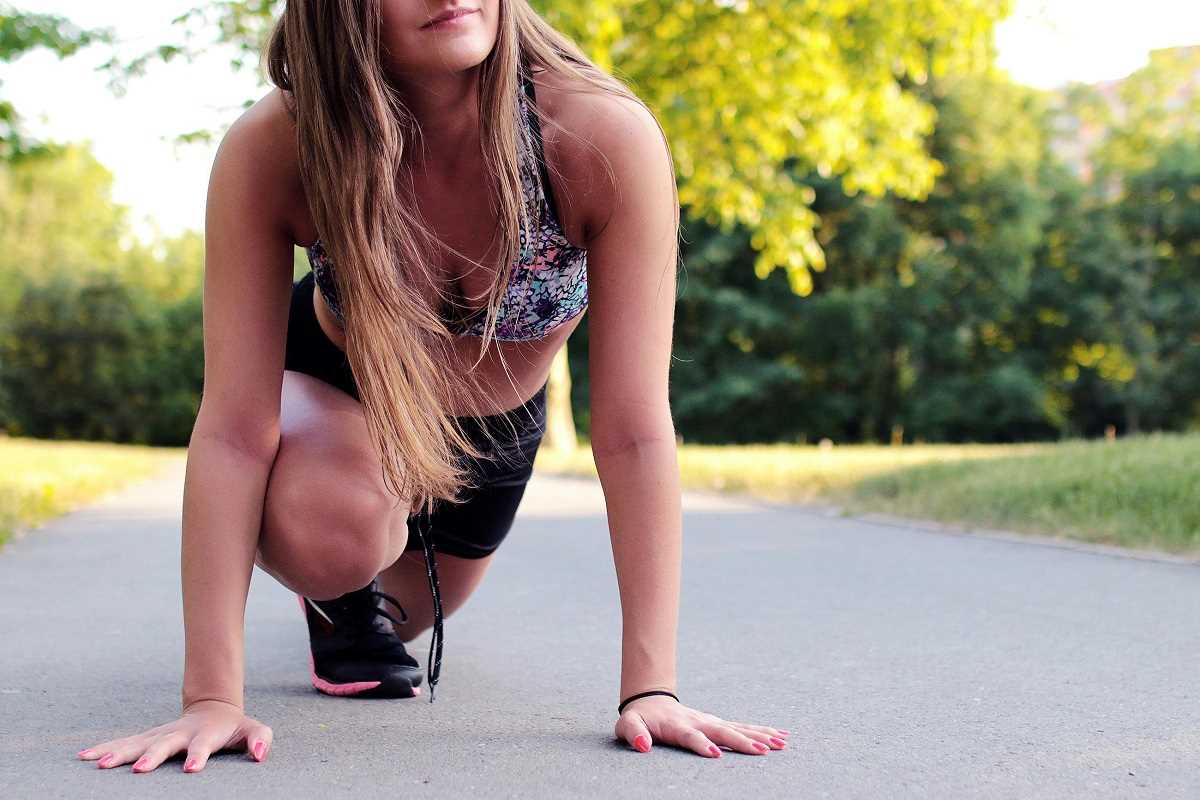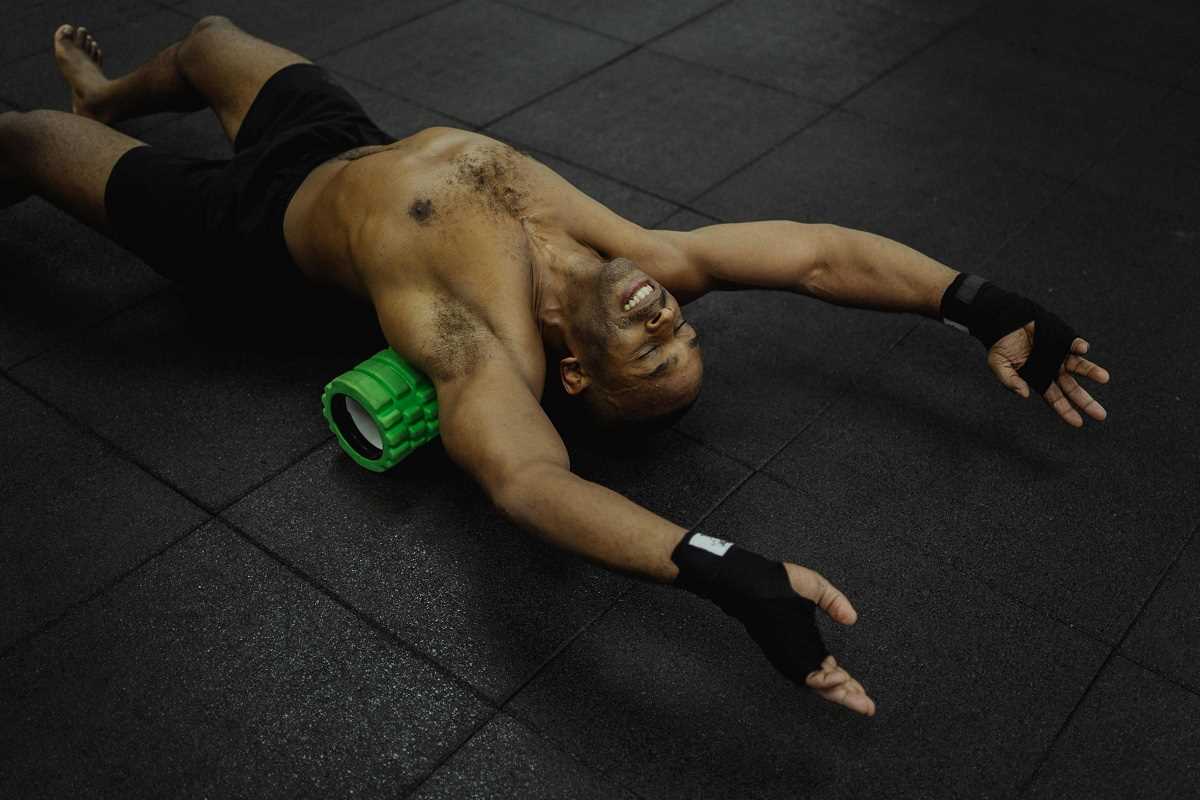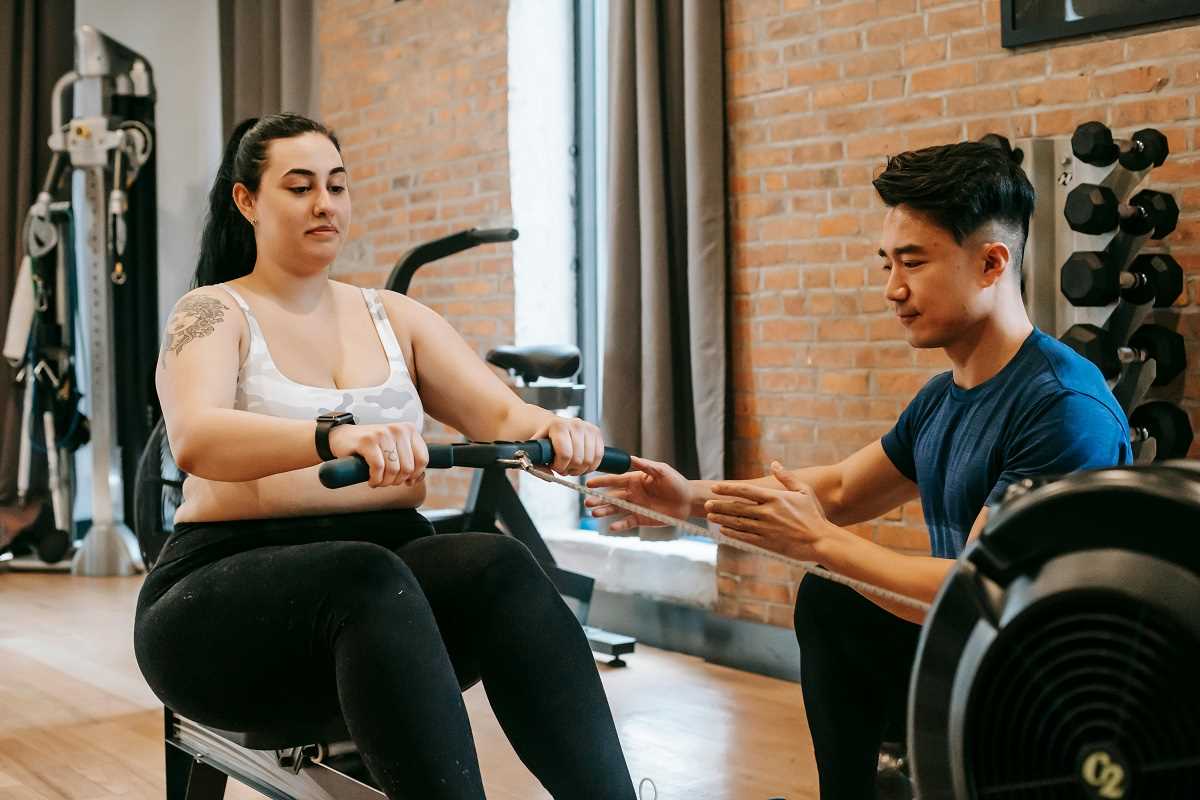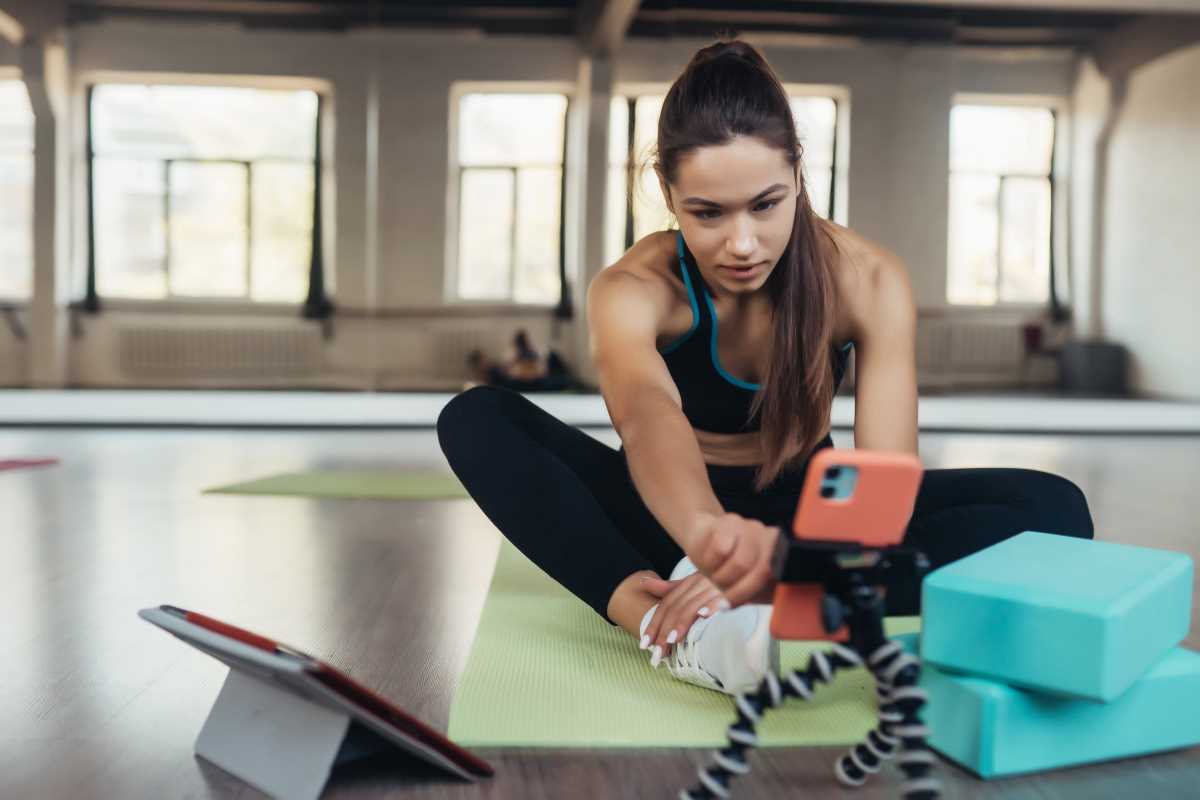When you think about strength training, images of barbells, dumbbells, or fancy machines might come to mind. And sure, those tools are great for building muscle and improving fitness, but they don’t always reflect the type of strength needed in day-to-day life. That’s where odd object training comes in. It’s unconventional, a little messy, and surprisingly effective at building practical, real-world strength.
If you’ve never heard of odd object training, don’t worry. We'll break it all down, explaining what it is, why it matters, and how to get started. By the end, you’ll know exactly how to add some unique and useful movement into your fitness routine.
What Is Odd Object Training?
Odd object training is exactly what it sounds like. Instead of lifting well-balanced, perfectly symmetrical equipment, you work with unconventional objects like sandbags, kettlebells, tires, heavy stones, or even buckets of water. These objects are often awkward, unevenly weighted, and unpredictable, which makes them an incredible tool for developing the kind of strength you use in everyday life.
Think about it. When was the last time you picked up something in your daily routine that had a nice, easy handle and evenly distributed weight? Whether you’re hauling grocery bags, moving furniture, or planting a tree, real-world strength involves handling uneven, awkward loads. Odd object training mimics these challenges, teaching your body how to adapt and work as a unit to lift, push, or carry.
Why Choose Odd Objects?
At first glance, odd object training can look intimidating. After all, flipping a giant tire down the street isn’t exactly subtle. But there are so many reasons to give this approach a try. Here’s why odd objects deserve a spot in your fitness routine:
1. Improves Functional Strength
Functional strength is the kind of strength you need in everyday life. Odd object training strengthens more than just big muscles like your biceps or quads. It challenges stabilizing muscles, grip muscles, and core muscles, which work together to keep you balanced and in control.
2. Builds Core Stability
When you strap a giant sandbag to your body or carry an awkward cement block, your core becomes the MVP of the movement. Odd objects constantly shift or pull you off-center, forcing your core to stabilize and counteract those movements. This type of active stabilization leads to a stronger, more resilient core.
3. Engages Your Whole Body
Unlike isolated exercises (think bicep curls or leg extensions), odd object training demands your entire body work together. Picking up and carrying a log, for instance, engages your legs, back, arms, and grip all at once. It’s a total-body workout disguised as fun.
4. Develops Practical Grip Strength
Grip strength is often overlooked in standard training routines, but it’s incredibly important in both fitness and daily life. Whether you’re carrying heavy grocery bags or opening a stubborn jar, a strong grip makes a difference. Many odd objects, like thick-handled kettlebells or slippery sandbags, naturally develop grip strength without you even realizing it.
5. Keeps Workouts Fun and Engaging
Routine workouts can sometimes feel repetitive, but throwing odd objects into the mix keeps things exciting. You never quite know what to expect when lifting unconventional items, making every session a fresh challenge.
Getting Started With Odd Object Training
Excited to give odd object training a shot? Awesome! The best part is that you don’t need a fancy gym or expensive equipment to get started. Many odd objects can be found or made at home. Here’s how to incorporate this unique style of training into your routine.
Step 1: Find Your Odd Objects
Begin by choosing objects that are challenging but safe to handle. Here are a few beginner-friendly options to try:
- Sandbags: These can be purchased online or made by filling a heavy-duty bag with sand or gravel.
- Tires: Check with auto shops or junkyards for old tires (preferably big ones for flipping).
- Water Buckets: Fill a sturdy bucket with water and use it for carries or lifts.
- Stones or Rocks: Hunt for large, smooth rocks that you can safely grip.
- Kettlebells or Medicine Balls: While not entirely unconventional, these provide excellent odd object training tools.
Step 2: Master the Basics
Before jumping into complicated movements, it’s important to learn proper technique. Odd objects can be, well, odd to handle, which means practicing the fundamentals is key to avoiding injury. Start with these basic movements:
- Carries: Hold an object and walk, keeping your back straight and core engaged. Variations include bear hug carries (e.g., holding a sandbag to your chest) or single-arm carries (e.g., carrying a heavy water bucket in one hand).
- Lifts: Practice lifting odd objects from the ground using proper squat or deadlift form. Always keep your back straight and lift with your legs.
- Presses: Try pressing a sandbag or rock overhead, focusing on stability throughout the movement.
- Tire Flips: If you have access to a tire, start with small flips and work your way up as you build strength and confidence.
Step 3: Combine Movements for a Total Workout
Once you’ve got the basics down, put them together into a workout circuit. For example:
- Tire Flips – 10 reps
- Bear Hug Sandbag Carries – 20 strides
- Stone Overhead Press – 8 reps
- Water Bucket Single-Arm Carries – 10 strides each arm
- Rest for 1-2 minutes and repeat the circuit 3-5 times.
This type of workout is quick, effective, and builds strength you can feel in every part of your body.
Safety Tips for Odd Object Training
Odd object training is incredibly rewarding, but it’s important to stay safe. Here are a few pointers to ensure you’re protecting your body while pushing yourself:
- Start Light: It’s tempting to go big, but start with manageable weights while you master technique. Progress gradually to avoid injury.
- Use Proper Form: Keep your back straight during lifts, engage your core, and don’t neglect posture during carries.
- Take Breaks: Odd object training can be intense. Don’t hesitate to rest when needed.
- Wear Gloves If Necessary: Some objects (like old tires or rough stones) can be tough on your hands. Gloves provide extra protection while maintaining grip.
Real-Life Strength, Real-Life Benefits
Odd object training isn’t just a fun, unconventional way to build strength. It’s a method that truly translates to real life. From lifting heavy boxes to carrying awkward items around the house, you’ll notice improvements in how your body handles those everyday challenges.
Even more, odd object training forces you to focus. It’s not about mindlessly lifting weights to a set rhythm. You’re engaging your mind and muscles as you adapt to the object’s quirks, which makes your workout feel more like a skill and less like a chore.
Whether you’re flipping a giant tire, carrying a sandbag, or hoisting an oddly shaped rock, odd object training offers a fresh approach to fitness that’s as effective as it is fun. It challenges your muscles in unexpected ways, improves real-world strength, and keeps you engaged with every movement.
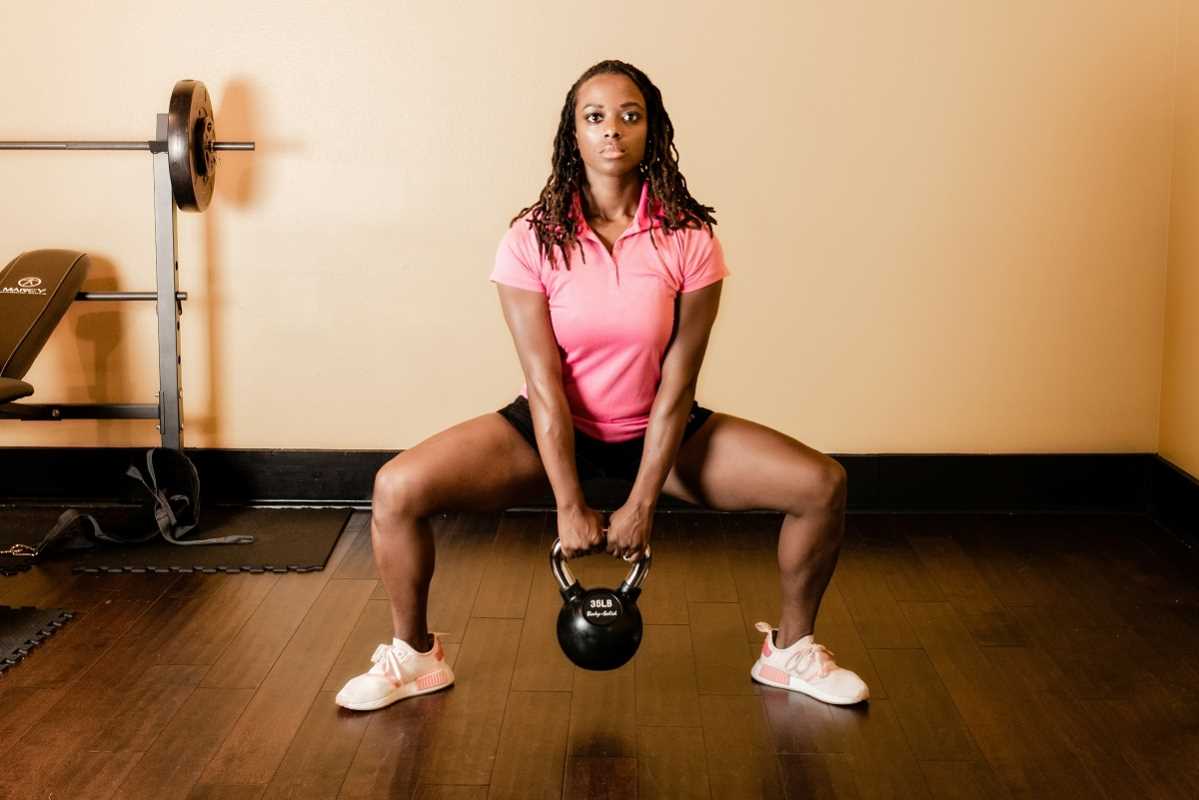 (Image via
(Image via